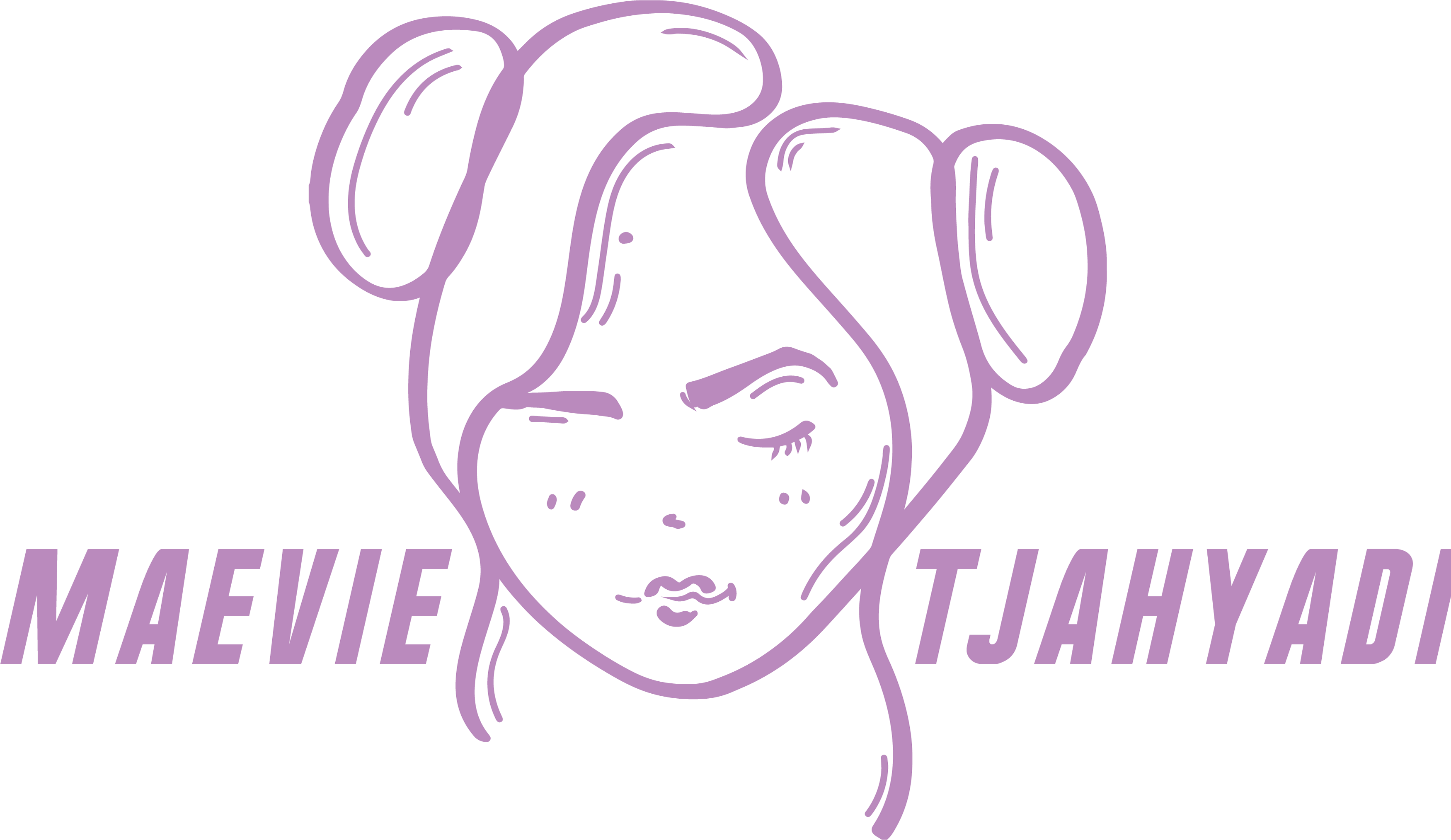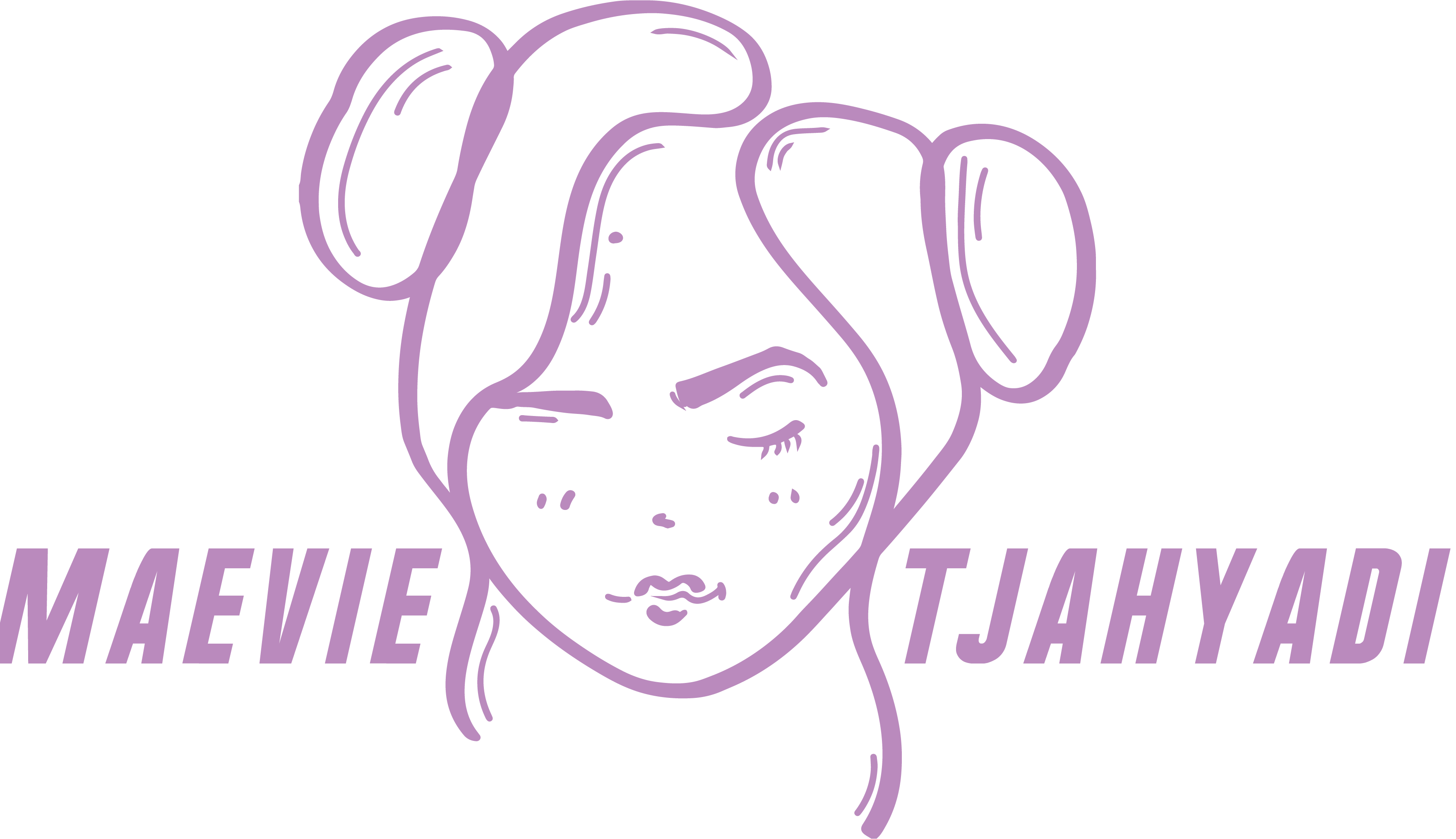2019
_____________
Signs Interpretation in Social Context of Beauty
Signs show differences in interpretation from artist to audience in social context of beauty
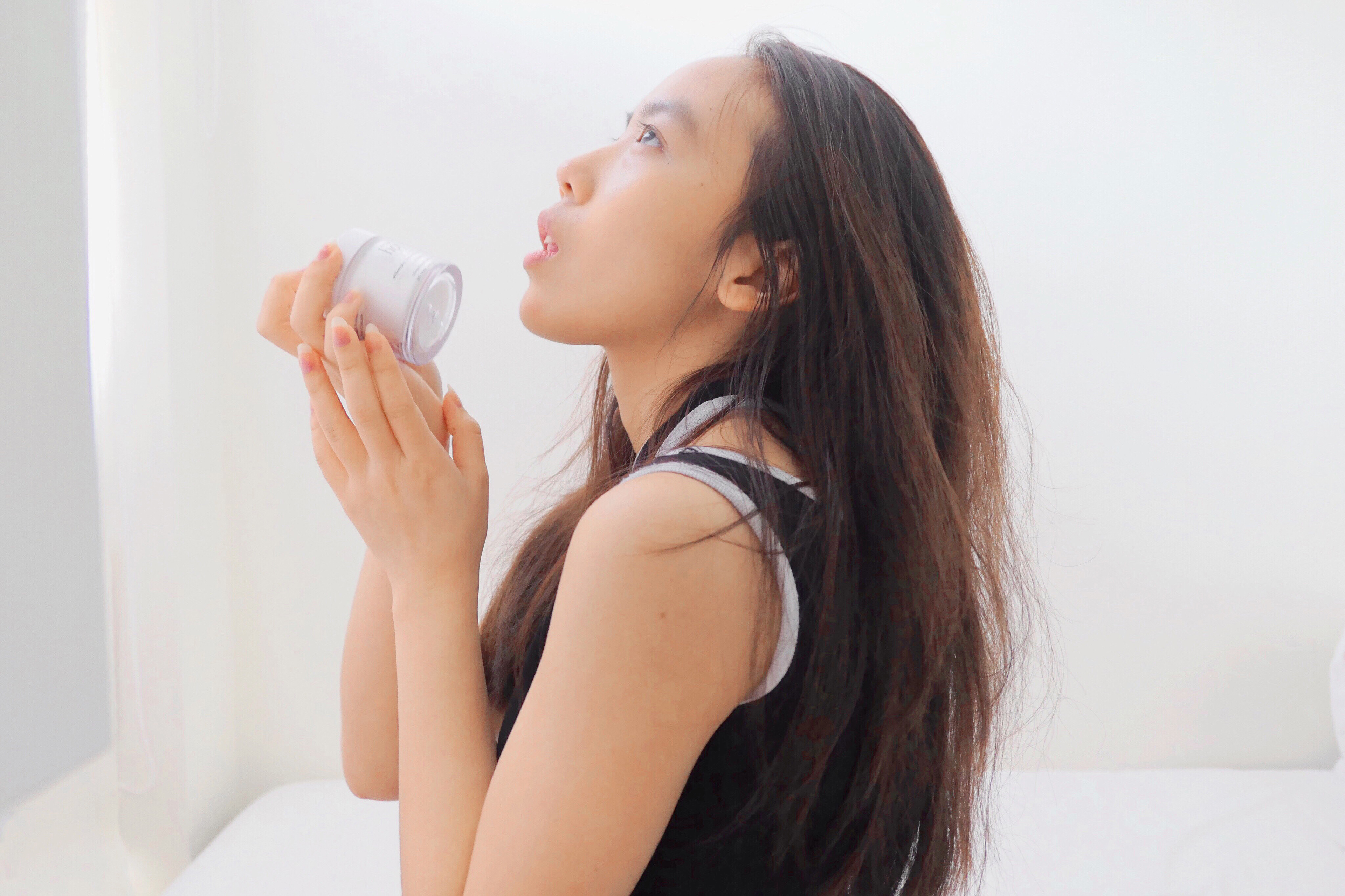
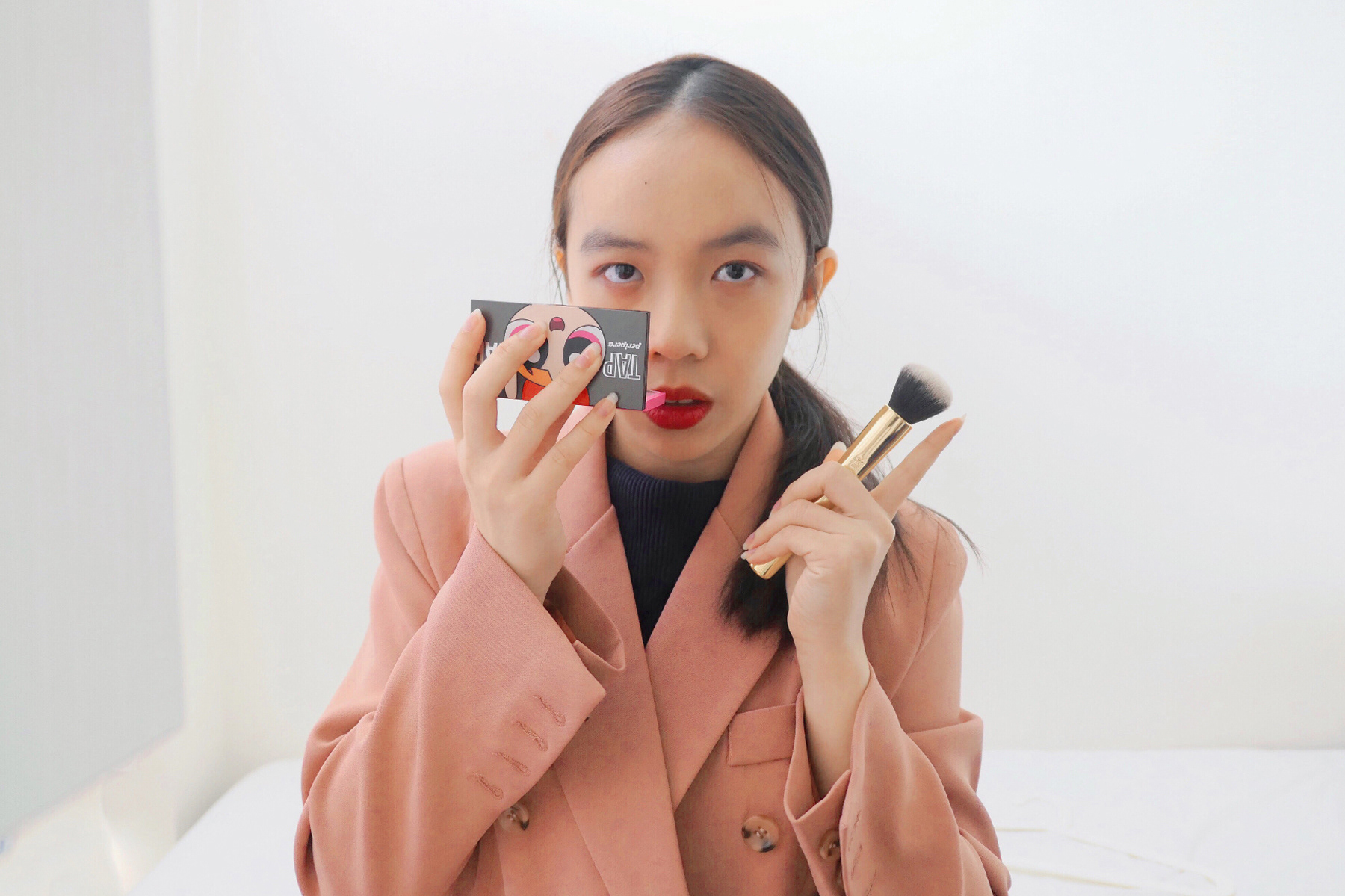
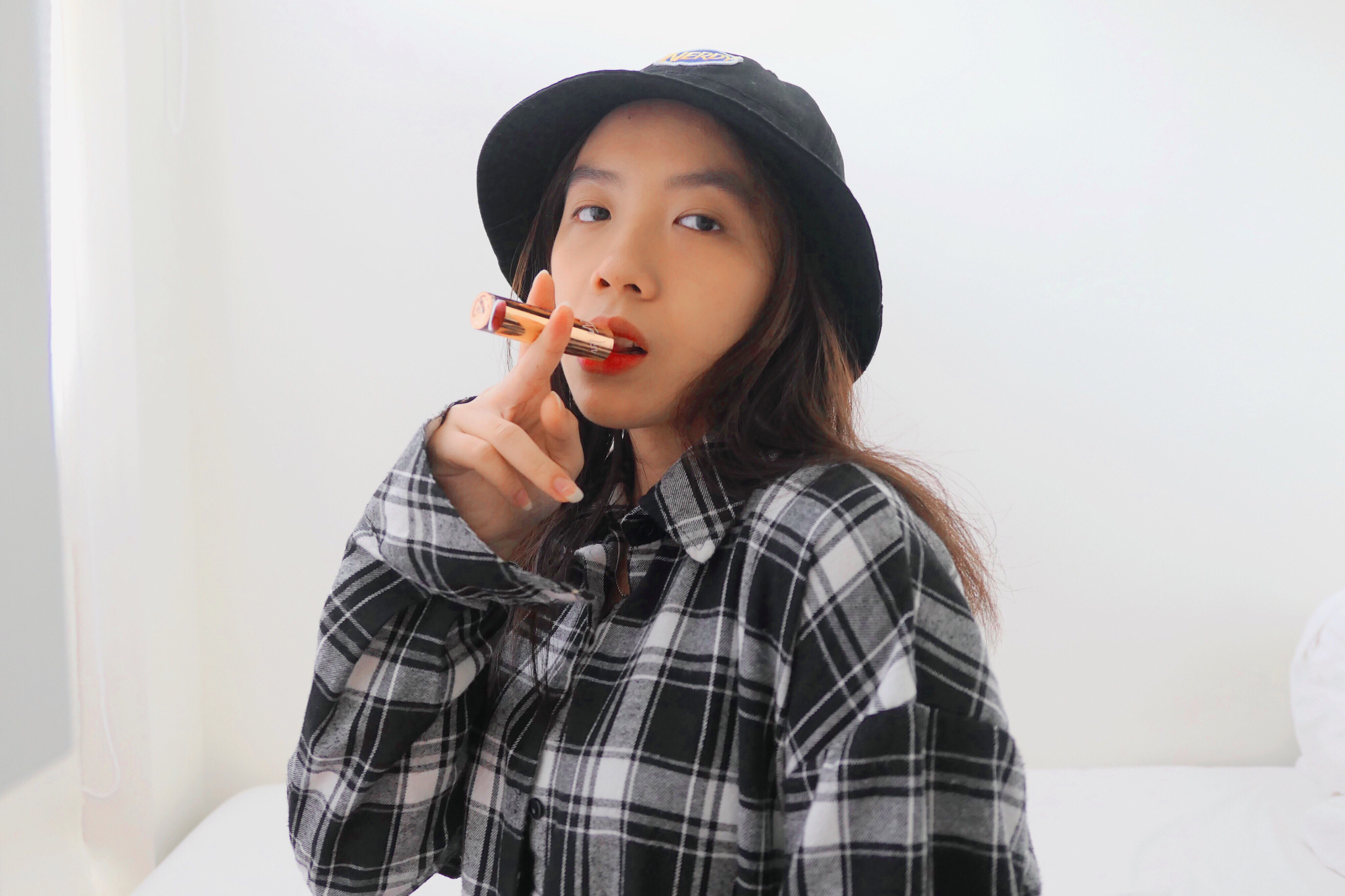
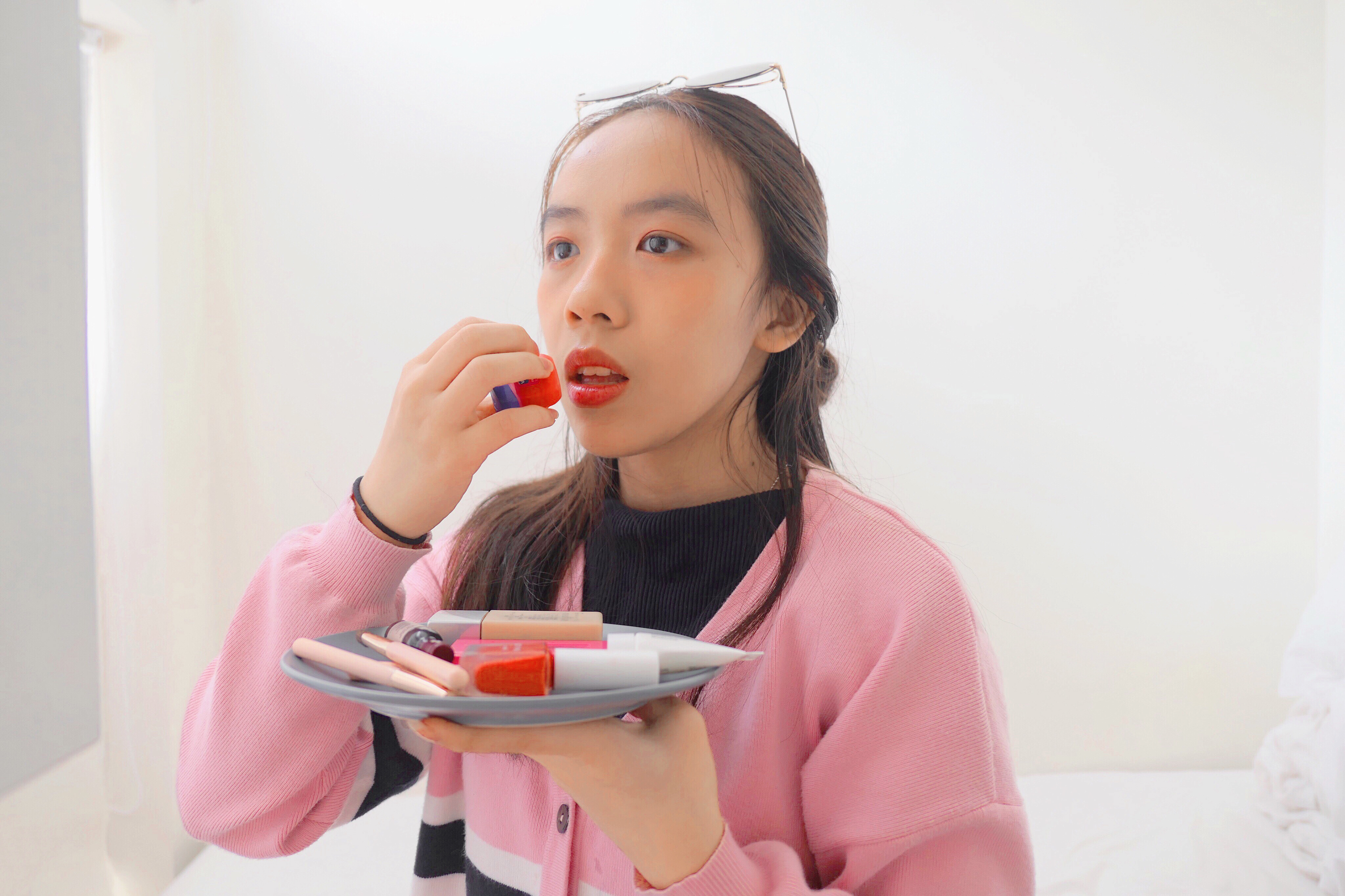

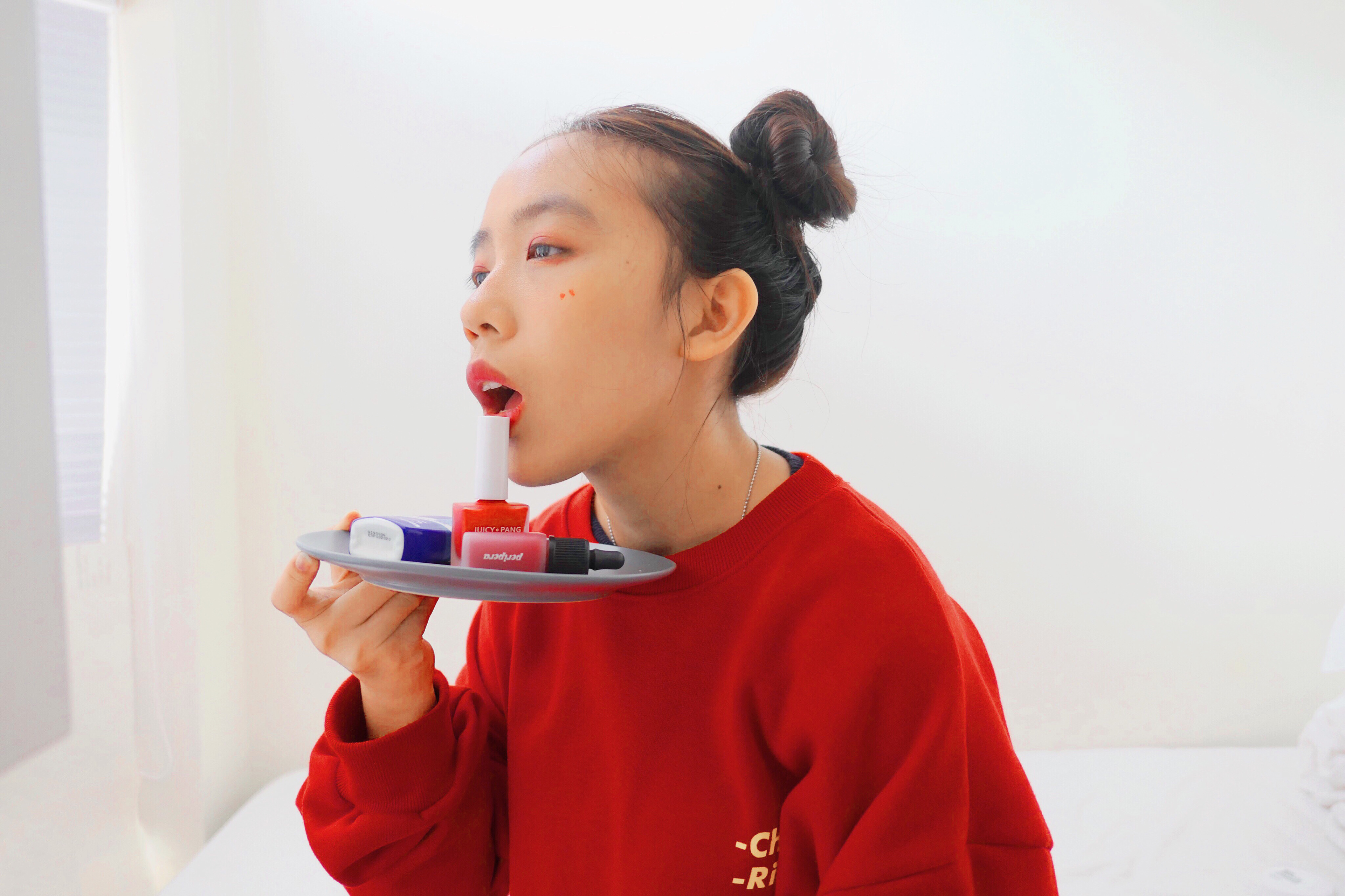
Stepping into a café on Saturday morning, as you smell the coffee aroma. A glimpse of painting behind the veil grabs your attention pulling your body towards it, as you stare and wonder in awe. Analysing what the artist tries to convey and imagine it in your own interpretation, as your body unconsciously engage with the visual image. Visual culture is the study and analysis of what and how an object is viewed and understood. It involves analysing, critiquing and exploring the connection between culture and the visual representation. Each piece of work conveys different meanings, perception and representation. In that sense, visual images evolve around the visual methodology of semiology; the study of signs categorised into: Icon, Index and Symbol.
Signs come in various forms, representative of ideas communicated through signifier; photographs, facial expression, and more, people interpret signs that differ in meanings. Icons embody physical resemblance to its representation. Index is when something has stronger direct connectivity, it may not resemble the object shown, but it has evidence to what’s being represented. Symbols consist of signs that represent something by vague assumptions or studied culturally. [1] The research question focuses on: How does signs show differences in interpretation from artist to audience in social context of beauty?
[1] Gillian, Rose, “Semiology: Laying Bare the Prejudices Beneath the Smooth Surface of the Beautiful,” Visual Methodologies (London: SAGE Publication, 2002), 69-99.
Figure 1. Maevie Tjahyadi, 6/7 alter ego #1, 2019. Photograph. She first got introduced to the basic skincare, unconsciously tried out and found herself unable to breakthrough the feeling of being trapped in society obsessed with beauty, and found herself realising the expensiveness to enhance appearance and how it harms her.
Graceful Portrait Painting with Gentle Gaze
Le Brun glides her brush on canvas with elegance as she paints the portrait of the queen (Fig. 7). She pays attention towards intricate lines and details, such as the ruffles and transparency of the gown; depicting a strong sense of textures. A contrast between the darker background blends into the brightest area of subject matter, allowing the details to stand out. The painting exhibits gracefulness through the symbolic sign of the queen’s gentle gaze and elegant posture. The colours are subtle with warm saturation; evoking a feeling of calmness. There is a sense of hierarchy, from the bright yellow and blue hat, index of the queen’s throne, to her red cheeks and lips directing the eye to recognize who the photograph icon is. The composition displays a placement of barely noticeable dimmed flowers and a table at the back, connecting the subject who holds one of the flowers. The ribbons, plumes, and gown give a sense of dynamic movement; the value and details of the objects make them look realistic.
Figure 7 .Elisabeth Vigee Le Brun, Portrait De Marie Antoinette en Chemise, 1783. Painting on oil canvas. Source: National Gallery of Art. Marie Antoinette was the Queen of France; epitome of beauty, luxury and grandeur. Yet, she was depicted by public eyes as inappropriate and scandalous due to chemise worn in the painting; physical resemblance iconic sign of a low-class woman.
The Image of Queen of Fashion Downgraded Through a Painting
Le Brun painted the portrait of Marie Antoinette in 1783, before the French Revolution. [2] Marie is the subject in the painting; she was the Queen of France and wife of King Louis XVI. Marie Antoinette was the epitome of beauty, luxury and grandeur, known for her lavish spending on fashion and hairstyles. Le Brun was often summoned to the Palace of Versailles to paint the queen.
The oil on canvas painting was first displayed at Salon Academie Royale, when the public saw it they demanded its removal. During this time, the chemise dress was considered as a woman’s undergarment, inappropriate and scandalous to the public eye. An iconic sign of a low-class woman. Whereas, in the eyes of aristocrats, the queen was signified in cheap textile, a symbol of broken barriers between upper and lower classes [3]. This tragedy downgraded the queen’s image further and generated hatred from the public.
[2] Nicholas Mirzoeff, How to See Yourself, How to See The World (London: Basic Books, 2016), 29-69.
[3]Caroline Weber, Queen of Fashion: What Marie Antoinette Wore to the Revolution (New York: Henry Holt and Company, 2007).
Figure 2. Maevie Tjahyadi, 6/7 alter ego #2, 2019. Photograph. She is mentally sane and see these beauty products and fashion items as daily necessities in order to start the day and looked up as a professional woman in the field. Little did she knows it became a daily consumption habit. The process.
Self-Portrait in an Earthy and Eerie Setting
A self-portrait photograph, tripod was used to support the camera. The photograph compromised of warm saturation with earthy tones creating relationship between the objects. The exposure seems to be well controlled, exhibiting strong contrast between the bright face and coloured wig against the dark dirt on the ground, garnering attention towards facial expression and evoking dramatic tension. The photograph looks more static due to the stiff wig, face, and posture of the subject. Composition is a bit awkward as one shoulder of the subject is cropped. However, by placing the subject’s face at the centre with flat grasses and dirt as background, the focal point is centred at the subject.
Figure 8. Cindy Sherman, Untitled #153, 1985. Photograph. Source: The Museum of Modern Art. Sherman was exploring the characteristics society had established of what one meant to embody based on their gender. The whole imagery of the photograph established indexical sign; beauty doesn’t last forever and she gave up conforming to the standards set by society.
It takes One Person as Photographer and Performer
Sherman produced Untitled Film Stills since 1977, whereas Untitled #153 was taken in 1985 during the postmodern period in America (Fig. 8); The 1980s were known for social and sexual disorder. [4] Sherman was exploring and tackling the characteristics society had established of what one meant to embody based on their gender; women were often depicted as an object to be played with, as sexual icons in media like cinema. [5]
The stiff wigs, face, posture is an iconic sign of a doll, evoking creepy feelings. Lying down and being covered by dirt are symbolic signs of being thrown away or foreshadowing burial. The dark ground below her head is an iconic sign of blood drain, signifying helplessness or death. Whereas, the soaked clothing and dew lays on the skin communicates the body has been there for quite long. The whole imagery of this photograph establish indexical sign; Beauty doesn’t last forever and she gave up conforming to the standards set by society.
[4] “Retrospective,” ArtNews, Volume 117, 4 (2019): 120.
[5] Nicholas Mirzoeff, How to See Yourself, How to See The World (London: Basic Books, 2016), 29-69.
[6] Olivia Lai, Tai Kwun, 2018, Photograph, Tai Kwun Centre for Heritage and Arts. Photo Credit: https://www.timeout.com/hong-kong/art/six-things-you-need-know-about-tai-kwun-centre-for-heritage-and-arts
Figure 3. Maevie Tjahyadi, 6/7 alter ego #3, 2019. Photograph. Her distorted self as a disruption in the way she perceived herself as, produce alter of two styles between the colourful and dark. Besides the idea of lipstick as icon of cigarette consumption.
Site is Part of exhibition
The Tai Kwun buildings are straight and tall, dominated by the rusty, white bricks along with black windows and doors. Interiors are divided into rooms and guided visitors to different areas. The prison is a symbolic space representing a place to contemplate being trapped inside; the video Must Be Beauty connects and embodies symbolic prison representation (Fig. 9). The public is interested to know more about the cultural heritage of Hong Kong through Tai Kwun, and the site itself has became part of the exhibition.
The video was displayed on TV screen in a dark room amongst white walls, a narrow alley as a sign guiding visitors to follow the straight path. Composition wise, the woman is placed at the centre of video, lying upside down amongst skincare products that fill the negative space while establishing the focal point on the woman. There’s a subtle movement as the woman constantly eats the products while producing various sounds, creating more tension on the issue being addressed. [7]
[7] Maevie Tjahyadi, Tai Kwun Centre for Heritage and Arts, Hong Kong, April 13, 2019.
Figure 9. In the video, branded skincare were showcased, which audiences are familiar with, a symbolic sign of how expensive it is to enhance appearance, embodying an indexical connection. The skincare products establish iconic sign of drugs consumed and making her addicted. The empty bottles set indexicality how the woman felt trapped in a society obsessed with beauty.
Trapped in Beauty Idealism
The 4-minute video Must Be Beauty by Ma Qiusha is considered a contemporary style, a part the “Violence of Gender” exhibition curated by Suzanne Pfeffer in Tai Kwun’s JC Contemporary, Hong Kong. [8] The site compromised of 1500 sq meter of space and was established during the reign of British colonization, functioned as a prison and centre of police power built in the 1840s. The 1840s were age of expansion under the Qing Dynasty. Interestingly, the site has turned into an open space for social engagement and a cultural centre.
The video was produced in 2009, within the social context of beauty idealism. The subject is Ma Qiusha; her work is based on experiences she went through, an index of disruption on the way one perceived themselves. [9] It is predicted that by 2020 the beauty market would reach $493 billion dollars, and Hong Kong is one of the top spenders on skincare, linked with rising insecurity within women. [10]
In the video, branded skincare were showcased, which audiences are familiar with, a symbolic sign of how expensive it is to enhance appearance, embodying an indexical connection. The skincare products establish iconic sign of drugs consumed and making her addicted. The empty bottles set indexicality how the woman felt trapped in a society obsessed with beauty.
The illusionistic effect and the upside down posture is a sign of delusion. The black dress evokes emotions of mystery and grief just like how the site’s windows are painted black as sign of barrier. The white fabric is a symbolic sign of emptiness and purity, signifying time to contemplate on wrongdoings.
[8] Violence of Gender, Ma Qiusha: Must Be Beauty, Curated by Suzanne Pfeffer. JC Contemporary, Tai Kwun, Hong Kong. February 16, 2019 to April 28 2019.
[9] Maevie Tjahyadi, Tai Kwun Centre for Heritage and Arts, Hong Kong. April 13, 2019.
[10] Madan, Shilpa, Shankha Basu, Sharon Ng, and Elison A. Lim, "Impact of Culture on the Pursuit of Beauty: Evidence from Five Countries," Journal of International Marketing,doi:10.1509/jim.17.0064 (2018): 2-52.
Figure 4. Maevie Tjahyadi, 6/7 alter ego #4, 2019. Photograph. She is a warm girl at heart that blooms in Spring, she then lost her way as her eyes reflected emptiness within her. As she consume her daily meal of outfits and beauty products, little did she know how those end up as landfill waste.
Disrupting view of plastic waste
The left photograph depicts two men walking through the fogs, dead branches, streets piled with plastic landfill waste. Evoking the atmosphere of eeriness. The sunlight positioned at the centre radiates behind the men, put them in spotlight. Contrast can clearly be seen due to the exposure; objects in image turned to silhouette; symbol of shadow or death. Colour wise is neutral of dark and light in monochrome tone. Moreover, the photograph on the right is more colourful and saturated, the plastic bottles establish connection with subject; As the photograph is taken from above, it makes the subject look smaller, in similar size to plastic bottles, while the gaze of the woman looking upwards as a symbolic sign seeking for rescue. [11]
[11 Heather Davis, Life and Death in the Anthropocene: A Short History of Plastic, Art in the Anthropocene (London: Open Humanities Press, 2015), 347-358.
Figure 10. (Left) Liu Jin, Two men walk through smoke from burning plastic waste in Beijing, January 11, 2012, Photograph. Source: The Guardian;(Right) Jianan Yu, A labourer looking up as she sorts plastic bottles at garbage recycling centre in Hefei, Anhui province, May 20, 2014, Photograph. Source: The Guardian.
Plastic dead village zone
Liu Jin took the photograph on left in 2012 in Beijing, whereas Jianan took the photograph on the right in 2014 Yu in Hefei (Fig. 9). China is known to be one of the largest plastic waste processor, whereas Wen’an represent the centre of global plastic trade in this contemporary period. Three decades ago, Wen’an was known for it’s clean rivers, fresh trees, fragrant soil and healthy marine lives. However, it has turned into a recycling plastic trade; around 20,000 small businesses across 50 villages process plastic waste, unrecyclable plastics got burned at night. [12] Leading to severe environmental and health issues, such as the lungs of villagers becoming contaminated; the smoke is an index of pollution. [13] Wen’an China has become a symbol of a dead zone; where no greenery can be seen; plastic waste and dead tress is an index of an unhealthy village. [14]
[12] Adam Minter, “Plastic, Poverty and Pollution in China’s recycling dead zone,” The Guardian, (July 16, 2014).
[13] Johansen, Bruce E, Examining Energy and Environment around the world, United States: ABC-CLIO, 2019.
[14]Gillian Rose, Semiology: Laying Bare the Prejudices Beneath the Smooth Surface of the Beautiful, Visual Methodologies (London: SAGE Publication, 2002), 69-99.
Figure 5. Maevie Tjahyadi, 6/7 alter ego #5, 2019. Photograph. She found herself questioning and seeking for her true self-identity. Due to how the society has distorted the idea and index of disruption on how one perceived themselves. The black outfit evokes the emotion of mystery and grief.
Marie Antoinette in the self-portrait painting establishes physical resemblance iconic sign of a low-class woman as she was painted worn Chemise dress. Cindy Sherman explored the characteristics society had established of what one meant to embody based on their gender; indexical sign; beauty doesn’t last forever and she gave up conforming to the standards set by society. In Must Be Beauty video at Tai Kwun shows skincare products, which establish iconic sign of drugs consumed and making her addicted. The empty bottles set indexicality how the woman felt trapped in a society obsessed with beauty. Whereas, Wen’an China has become a symbol of a dead zone; where no greenery can be seen; plastic waste and dead tress is an index of an unhealthy living. As from the trip on The Exit Strategy at H Queen exhibition let visitors experienced as they descend downwards from 17th floor with the work displayed “lost textures” whilst at lowest floor is “I love you”; creating the statement we should always embrace ourselves. Understanding signs is fundamental for understanding how and why meaning gets made they way it does. Through visual and contextual analysis we are able to understand the work better and connect the dots between social, culture, political, and historical factors in relation to the visual images. There’s different interpretation on what artist established and how audience view a work through study of signs; Icon, symbol and index in the context of beauty. [15]
[15] Gillian Rose, Semiology: Laying Bare the Prejudices Beneath the Smooth Surface of the Beautiful, Visual Methodologies (London: SAGE Publication, 2002), 69-99.
Figure 6. Maevie Tjahyadi, 6/7 alter ego #6, 2019. Photograph. Beauty standards set in the society is like a drug that unable us to stop consuming, the more we consume the more it might harm us. Her dressed up appearance may seem bright, but her body posture and expression represent symbolic sign of helplessness. This self portraits to be seen in social media platforms, beauty salon and a space that brings art and fashion together such as the Sarbande Foundation X Joyce HK pop up.
Works Cited
Cindy Sherman Untitled #153. 1985. Photograph. 170.8 x 125.7 cm. MOMA. New York. Photo credit: https://www.moma.org/collection/works/56490
Davis, Heather, “Life and Death in the Anthropocene: A Short History of Plastic,” Art in the Anthropocene (London: Open Humanities Press, 2015), 347-358.
Exit Strategies, H Queen. Hong Kong. April 27, 2019.
Johansen, Bruce E. Examining Energy and Environment around the world. United States: ABC-CLIO, 2019.
Lai, Olivia. Tai Kwun. 2018. Photograph. Tai Kwun Centre for Heritage and Arts. Photo Credit: https://www.timeout.com/hong-kong/art/six-things-you-need-know-about-tai-kwun-centre-for-heritage-and-arts
Madan, Shilpa, Shankha Basu, Sharon Ng, and Elison A. Lim, Impact of Culture on the Pursuit of Beauty: Evidence from Five Countries. Journal of International Marketing, doi:10.1509/jim.17.0064 (2018): 2-52.
Maevie Tjahyadi, Tai Kwun Centre for Heritage and Arts, Hong Kong. April 13, 2019.
Marie-Antoinette. 1783. Oil on canvas. 92.7 x 73.1 cm. National Gallery of Art, Washington. Photo credit: https://www.nga.gov/collection/art-object-page.46065.html
Minter, Adam, “Plastic, Poverty and Pollution in China’s recycling dead zone,”The Guardian, July 16, 2014.
Minter, Adam. Two men walk through smoke from burning plastic waste in Beijing. 2012. Photograph. Beijing, China. Photo credit: Liu Jin. https://www.theguardian.com/lifeandstyle/2014/jul/16/plastic-poverty-pollution-china-recycling-dead-zone
Minter, Adam. A labourer looks up as she sorts plastic bottles at a garbage recycling centre in Hefei, Anhui province. 2014. Photograph. Hefei, China. Photo credit: Jianan Yu. https://www.theguardian.com/lifeandstyle/2014/jul/16/plastic-poverty-pollution-china-recycling-dead-zone
Mirzoeff, Nicholas, “How to See Yourself,” How to See The World. (London: Basic Books, 2016), 29-69.
“Retrospective,” ArtNews, Volume 117, 4 (2019): 120.
Rose, Gillian, Semiology: Laying Bare the Prejudices Beneath the Smooth Surface of the Beautiful, Visual Methodologies. London: SAGE Publication, 2002.
Violence of Gender, Ma Qiusha: Must Be Beauty. Curated by Suzanne Pfeffer. JC Contemporary. Tai Kwun, Hong Kong. February 16, 2019 to April 28 2019.
Weber, Caroline. Queen of Fashion: What Marie Antoinette Wore to the Revolution. New York: Henry Holt and Company, 2007.
